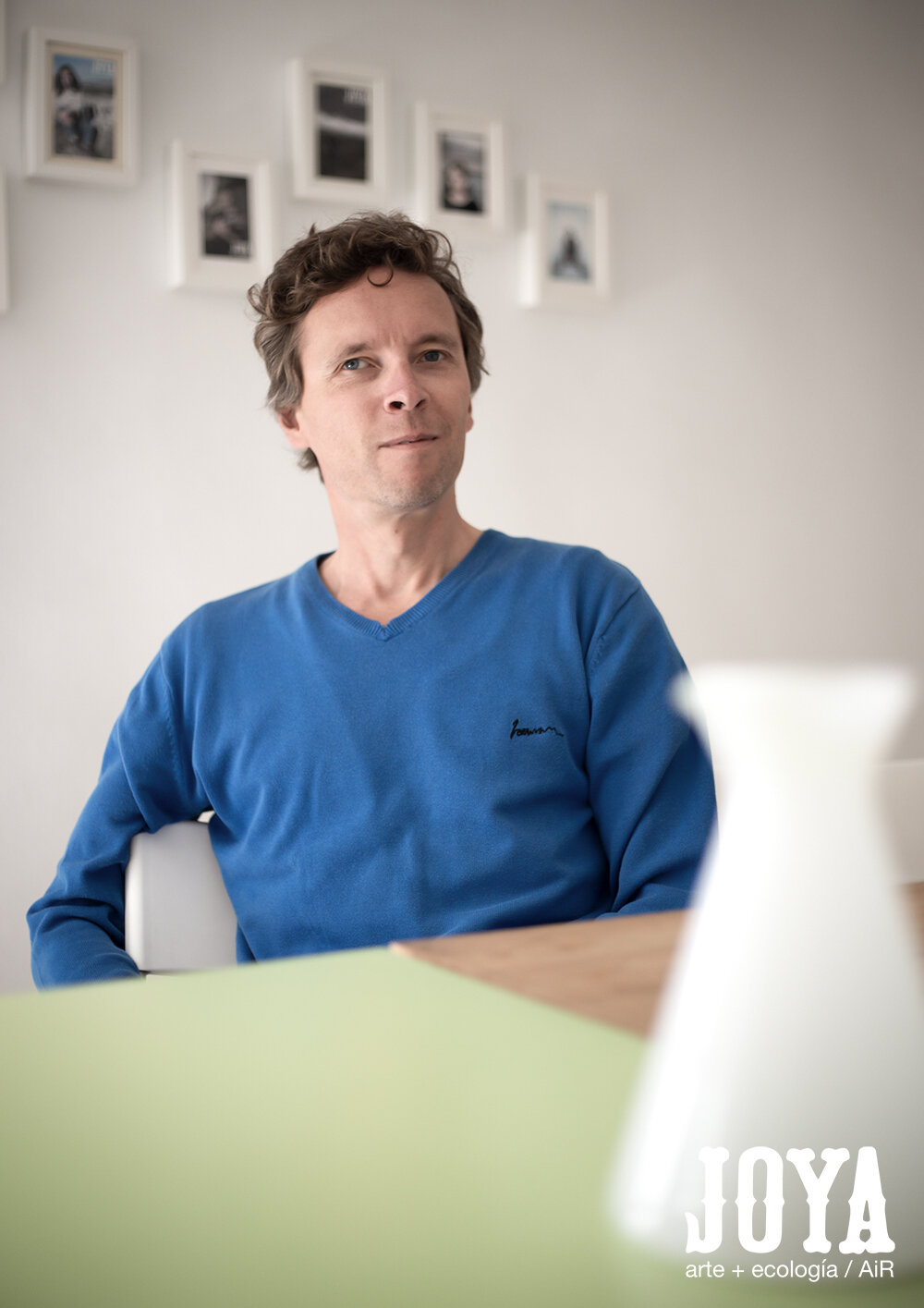“Walking on (Joya) AiR.’ Quite literally! I was absolutely thrilled with my time here! This was genuinely one of the most exciting, relaxing and productive residencies I've been on. From people to place everything was easy going! Given that I had come from a stream of deadlines, schedules and life stresses, this was my opportunity to re-energise myself and reevaluate my art practice.
Like many people, it would be an understatement to say I was a little apprehensive and anxious coming into a new space, especially in a non-English speaking country where my Spanish is poor at best. The moment I met Donna and Simon I was put at ease. Joya AiR is in relatively close proximity to the popular Granada and Almería. However, travelling down the dark winding road at night to Joya AiR is a surreal haunting experience. When I arrived, the other artists and volunteers were so kind and made me feel right at home.
With my worries loitering somewhere between Ireland and Malaga, this was the ideal breathing ground for creativity. You can come prepared with ideas and peppered with materials, or simply respond to the space with the resources you’re given. It was completely your decision. I chose the latter primarily because it was more practical not to be trucking suitcases of art materials across Europe. Mind you, the option to post materials there was also available. Whether you spent your time writing, reading, making art, performance, having a siesta or hiking it was completely up to you. I did a little of each.
Like many visual artists before me I had an urgency to venture outdoors, walking and hiking for the first couple of days. I engaged with the land, and what Simon says about the land is just fascinating. From here, I developed a series of works and studies around the topography of the area. I thought a lot about how this isolated place was so exposed to the elements i.e. earth (mountains, landslides), water (flash floods), fire (light, sun, dry lands), wind (strong winds), void (surrounding echoes). These five elements became the foundation of the artworks I was to research, construct, and deconstruct.
I used my computer and camera. I had no paper so I used toilet paper! I even used the clothes in my suitcase. I also involved my “learning” Spanish into the art. From the land I used signs, stones, fossils, poles, the mountains, echoes and the general environment. There were no deadlines or expectations from this residency, as the onus was placed on the development of work or enhancement of your practice. With that, work may well be completed in the duration of the residency, or simply six months after.
Its wilderness was calming. Blue skies were welcomed. Lands awash with canyons (Barranco). Hills rippled the land. The architecture and design of the restored 5 farmhouses is simply divine. What’s diviner is the water system. Moreover, the development of a drilled well, solar panels and windmills blew me away. I’ll waste little time in also commending the complex sanitation system. In almost complete isolation, this dwelling would encourage most to withdraw, but for Donna and Simon it seemed like a challenge. This land can be ruthless, but decades of hard labour and commitment have given them both a great knowledge and understanding of this land. Their passion for ecology merges with art in this self-sustainable “paradise” that was for me inspiring, fascinating and refreshing.
Whatever work you managed during the day, the evening times were spent interacting over dinner with fellow artists, performers, writers, and volunteers. To top it all off the food was exquisite, as Simon and Donna catered for all needs. Simon also brought his homemade cheese! With that, old stories were shared, deep conversations emerged, jokes had us in stitches and bad puns went unpunished.
With spacious art studios, and comfortable private rooms, the residency also offered great communal and social spaces. I was especially delighted and honoured to be in the company of such wonderfully creative professional people. Everyday we immersed ourselves in art and philosophical conversations, and the artists presentations were exciting and a useful way to engage and create dialogue. Everything flowed so gracefully in many different languages. My fellow creatives were most kind, supportive and offered great advise. I have truly made friends for life in such a brief time. The only judgement came from the goat Fufu when you walked on her ground, or from Frida the dog when you didn’t pet her and she would retaliate by lying on your yoga mat in “downward facing dog”. The cats were far from perfect and weren’t too fussed either way but still deserve a mention.
This residency was a joyas (!!!) one, and truly a breathe of fresh air. I explored new directions in my art practice; I was alight with ideas. Importantly, I had the time to develop them. This residency can be seen as a starting point for the emergence of new work as much as it can be a place for continuity of work. However, for me it gave the additional feature of losing excess baggage, metaphorically and literally. Time exists on a different plateau here in the hills! If I was to force an even greater bond with one place than what I have already established here, it is that the name “Brian” derives from the word “hill” or “high place” in old Celtic terms. In the end, I was only delighted and a little proud to wear my new Joya AiR t-shirt, which I bought to help support the good cause behind it. ( https://joya-tee.org/ ) This place is truly a playground for artists. All I wanted to do was art, and all I got to do was art. Space and time, what more could any artist ask for”?
Joya AiR delivers! Slán.
Gracias, Simon, Donna and team.
http://www.bryangerardduffy.com/



















































